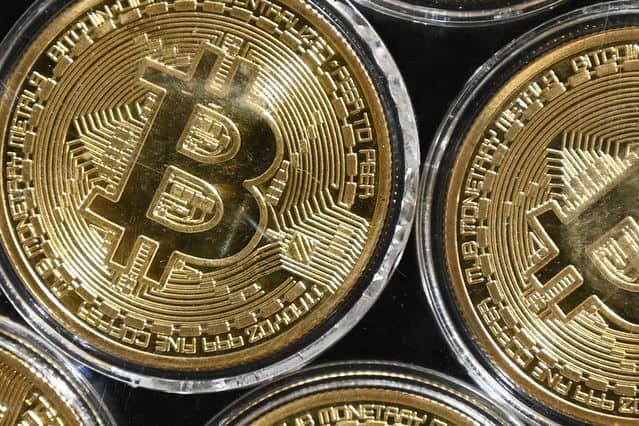I’d bet on this outcome happening.
There are a number of stocks that have reached the $1 trillion market cap club, including Apple, Microsoft, and Amazon. Getting in on these businesses early could have led to life-changing returns.
In the world of cryptocurrencies, reaching this level is rare.
But with a current market cap of about $570 billion, Bitcoin (BTC 0.65%) is by far the world’s largest cryptocurrency, so it has the highest chance to hit the 13-figure mark among the tens of thousands of digital tokens out there.
Can this happen by 2030? I think it’s certainly possible. Here’s why.
Bitcoin has done it before
In 2021, the cryptocurrency market was on fire, almost tripling that year. And, unsurprisingly, Bitcoin soared as well. In November that year, the top digital asset reached a market cap of $1.2 trillion, more than double where it stands today.
To be clear, just because an asset reached a milestone in price before, it doesn’t necessarily mean that it can do it again. This happens all the time with stocks, and it’s a good thing for investors to remember.
However, Bitcoin has gone through multiple wild cycles ever since its launch in 2009. And the longer it remains relevant, the more confidence I have in its ability to stay alive. This is called the Lindy effect.
And the longer it stays alive, the greater the likelihood that it continues to rise over time. That’s mainly due to more people becoming more educated about, and wanting to own, an asset that has a fixed supply cap of 21 million.
Bitcoin is ready to do it again
There are also some catalysts on the horizon that can push up Bitcoin’s price. The most obvious one is next April’s halving, which is when Bitcoin’s supply growth rate gets cut in half. Bitcoin typically starts rising several months before this event, and this momentum usually carries over several months after the halving.
The Federal Reserve aggressively started hiking interest rates early last year to slow soaring inflation. And in the past few months, inflation has started to cool. This means that there is a possibility that the central bank not just pauses, but even reverses and begins to cut rates. A looser monetary policy stance can certainly be a boon to risky assets, especially Bitcoin.
Longer-term, there are also some compelling reasons to believe that Bitcoin can skyrocket over the next several years. One of the most important bull arguments is that a larger number of institutions will enter the Bitcoin market. Recently, leading asset managers BlackRock and Fidelity filed applications with the Securities and Exchange Commission (SEC) to launch spot Bitcoin exchange-traded funds. I don’t think they’d make these moves if their clientele, which collectively holds trillions of dollars, didn’t have an interest in gaining more exposure to Bitcoin.
And speaking of the SEC, that agency and others should adopt more definitive rules and regulations in terms of policing the cryptocurrency industry. Some critics can argue that this will hurt the industry. But I think it could prove to be a catalyst for Bitcoin that can help bring it into the mainstream.
Looking at the return potential
If Bitcoin reaches a $1 trillion market cap by 2030, that implies its price rises at a compound annual rate of 8.4% between now and then. In the last seven years, by comparison, its price has increased at an annualized clip of 72%, making the forward expected return nothing to rave about.
The S&P 500 has averaged a 9% to 10% historical return. Do I think Bitcoin can outperform the overall market’s past performance in the future? Yes, I’d bet on this scenario happening without hesitation.
By the end of this decade, Bitcoin’s valuation could far exceed $1 trillion, making now a great time to consider buying this leading cryptocurrency.

